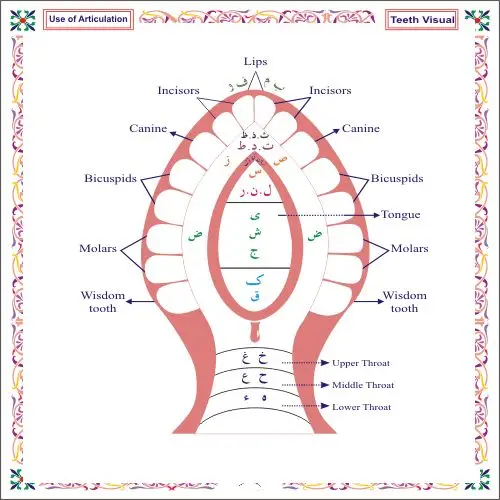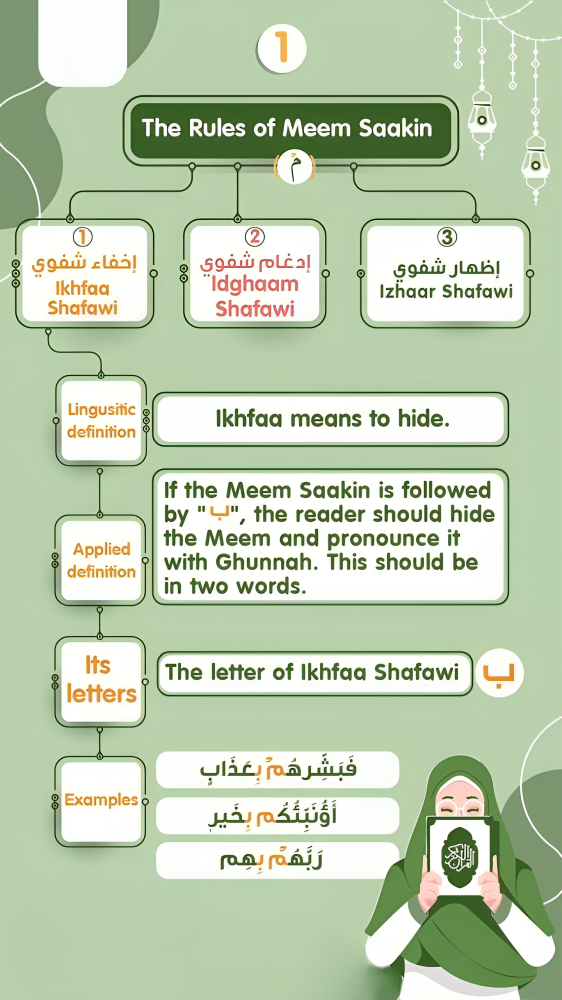The Quran’s beauty resonates not only in its profound meaning but also in its melodic recitation. Mastering proper pronunciation, tajweed, requires understanding the precise movements of your mouth, tongue, and throat – a journey of refinement and practice. This detailed blog post will explore the intricacies of Arabic articulation with the aid of a visual guide, and connect this journey to the surprisingly parallel path of meal prepping.
A Visual Guide to Articulation

This diagram provides a remarkable visual representation of how Arabic sounds are formed. Each letter is precisely positioned to illustrate which parts of your oral cavity are involved. Observe the following:
- Labials: Sounds like ب (b) and م (m) are primarily produced using your lips. The diagram clearly shows their location at the apex of the mouth.
- Dentals: Sounds such as ت (t), ث (th), and د (d) involve the interaction of your tongue with your teeth. Their placement on the diagram reflects this.
- Linguals: Sounds like ل (l), ن (n), and ر (r) are created by various positions of your tongue within your mouth. The variations are subtly illustrated in their positioning.
- Gutturals: Sounds produced deep in the throat, like ق (q), ك (k), and أ (a), are shown in the lower portion of the diagram.
- Other Articulators: The diagram also highlights the role of your tongue, which is crucial for many sounds, as well as the different parts of your throat in producing the unique sounds of the Arabic alphabet.
My Journey with Meal Prepping and Tajweed: A Powerful Parallel
Learning tajweed is a journey, demanding consistent effort and refinement. This journey mirrors my own experience with meal prepping, a practice that has dramatically enhanced my focus and discipline. Initially, both tajweed and meal prepping felt overwhelming. The sheer number of sounds in tajweed, and the need for meticulous practice, felt daunting. Similarly, planning meals for an entire week initially seemed impossible.
However, I discovered a powerful synergy between the two. Just as careful meal planning leads to a healthier lifestyle, a structured approach to tajweed enhances learning. I now structure my tajweed practice like a meal plan:
- Scheduled Practice: I allocate specific times for focused practice, just like scheduled meal times. This ensures consistency.
- Breaking Down the Task: I divide my practice into manageable segments, focusing on specific sounds or verses each session. This mirrors portioning meals for the week.
- Goal Setting: Just as I set weekly dietary goals, I set realistic goals for my tajweed practice. This prevents burnout and maintains momentum.
- Regular Review: Like reviewing my meal plan to ensure nutritional balance, I regularly review my tajweed progress, identifying areas needing more attention.
This structured approach has transformed my tajweed practice, just as meal prepping revolutionized my diet. Both practices require discipline, planning, and consistent effort, but the rewards are immeasurable.
Want to Embark on Your Own Tajweed Journey?
Visit our website, https://baytulquran.com/, for more resources to support your tajweed learning. We offer a variety of materials, including:
- https://baytulquran.com/teaching-quran-to-kids/
- https://baytulquran.com/common-mistakes-in-quranic-recitation/
- https://baytulquran.com/common-mistakes-in-quranic-recitation/
May Allah grant us all the ability to recite the Quran beautifully and with understanding. Remember, the journey is as important as the destination. Embrace the process, remain consistent, and you will witness the remarkable rewards of mastering tajweed.




